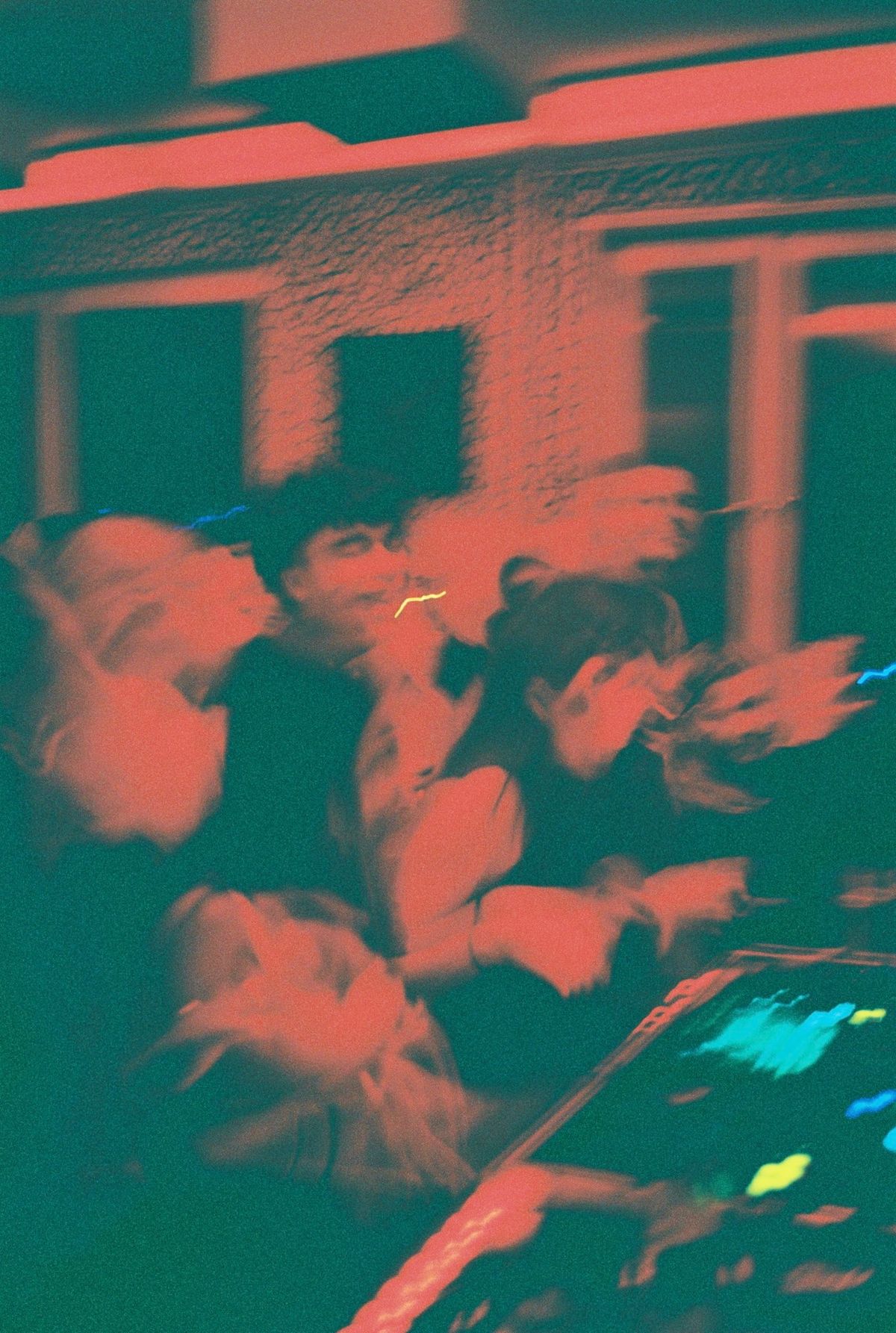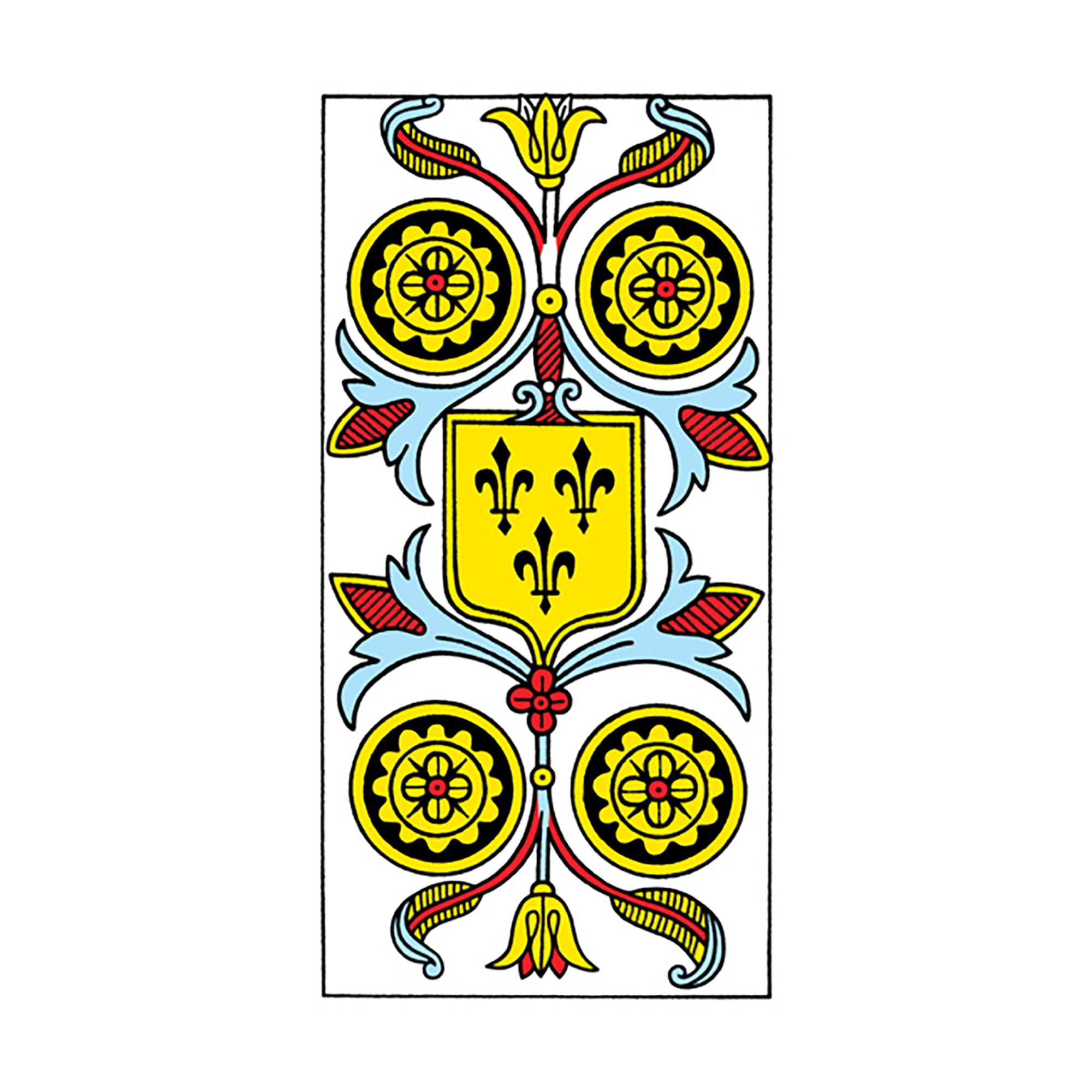Embracing the Flames: The Alchemy of Identity and Rebirth in Times of Crisis
In a world bound by rigid identities, this article delves into destruction as a catalyst for rebirth. It explores the role of art in transforming suffering and societal trends in antidepressant use, portraying a journey from psychological pain to renewal.

"As you pass through the waters, I will be with you; and through the rivers, they shall not overwhelm you. When you walk through fire, you shall not be burned, and the flame shall not consume you." Isaiah 43:2
The Force of Destruction
In a world dominated by rigid identities that shape our existence, this biblical promise offers a comforting perspective. These identities, like shackles, limit our ability to be ourselves, to breathe freely. The legacies of the past, now eroded of their ideological substance, encounter an increasing need for well-being, a call to freedom that cannot be ignored. When these identities become too rigid, they implode under the weight of unbearable psychological suffering: in 2023, Europe is witnessing this reality with an alarming increase in antidepressant consumption: from 30.5 DDD (defined daily doses) per 1,000 people per day in 2000 to 75.3 DDD in 2020, a 147% increase.

This quote from Isaiah illustrates the concept of going through trials without being overwhelmed or consumed. It suggests that, even in moments of total destruction or profound crisis, there is a presence, a force, or a conviction that supports us. Destruction is not the end, but a necessary transformation, an obligatory passage to rebirth. It invites us to consider these moments not as tragic ends but as starting points for new creation, a perpetual cycle of rebirth and renewal. This idea echoes in sacred art, where destruction and transformation are often depicted as crucial steps towards a deeper understanding and new life.
What is the Purpose of All This?
Suffering, in its most raw form, seems to have no other purpose than its own reduction, a quest for balance, a form of homeostasis. This idea takes on a new dimension when considering the impact of capitalism on our environment. According to a recent study, since 1500, seventy-three genres of terrestrial vertebrates have disappeared, mainly birds, followed by mammals, amphibians, and reptiles. This massive extinction, described as "biological annihilation", exceeds the historical extinction rate by 35 times, a loss that would normally have taken 18,000 years to accumulate. This highlights an alarming reality: care and psychological healing, in the face of the destruction of our natural habitat, will become imperative priorities as soon as consciousness is enlightened.
Art and Creation in the Process of Transformation
In the current context, art, as a vector of personal transformation, proves to be a crucial tool, not only as a means of expression but also as a catalyst for healing and rebirth. "You must only acquire the power to help. Art that does not serve to heal is not art." (Jodorowsky, "The Way of Tarot", 2004). The complementarity between art and psychoanalysis is evident: while psychoanalysis allows us to verbalize and understand our inner ailments, art provides a means to externalize and materialize these emotions, leading to a form of catharsis.

Catharsis, derived from the ancient Greek κάθαρσις (katharsis), means "purification" or "cleansing." It is often used to describe the purification and purgation of thoughts and emotions through their expression, especially in art. In Sophocles' "Oedipus Rex," for example, the main character blinds himself after discovering the truth about his origins, which is a cathartic act for the audience. Aristotle described catharsis as the effect of tragedy on the audience, leading to emotional and spiritual purification.
In modern society, the digital embodies a form of virtuality similar to that of ancient arts. Exposure to virtual forms of violence through digital media, such as cinema, can thus have a cathartic effect. Digital artworks, embracing technologies such as virtual reality, artificial intelligence, and various digital imaging tools, offer new avenues for this cathartic experience. This exposure, even though through a screen, allows viewers to experience strong emotions in a way that can lead to emotional release, similar to that experienced by viewers of Greek tragedies.
Violence and Mysticism
The destruction of identities, a process far from natural, equates to abandoning the past, forgiving oneself, and mourning our lost ideals. It represents a choice to embrace suffering and pain, illuminating a path through a past we must accept. "You cannot make a mystical picture without violence" (Jodorowsky); This assertion highlights the often-overlooked necessity of creative violence in the process of creation and transformation. This form of violence, essential for breaking down the walls of our unconscious prisons, must be self-inflicted, never imposed, as it initiates a movement, reopening wounds that have never fully healed.

In the context of monotheistic religions, the loss of mystical roots, exemplified by the current crisis of the Catholic Church and its disconnect from mystical prayer, shows how the misdirection of religions and the collapse of contemporary values stem from this disconnection. Christianity, intrinsically mystical, calls for an intimate union with the divine, often expressed through sacraments and contemplation. True mystical violence, self-inflicted in the quest for this union, is crucial for overcoming restrictive structures and doctrines, thereby paving the way for profound spiritual transformation.
The Era of Rescue
Our era is often perceived as one of rescue and conservation. "Saving all that can be saved" becomes a mantra in a world where resource depletion and global pollution threaten our natural habitat. This scenario necessitates a future focused on new themes and values: rescue, regeneration, care, mutual aid, collaboration, and peace. These seeds of a paradigmatic revolution, still latent in spheres of thought and think tanks, must permeate our institutions, particularly public education, to shape individuals who are open to collaboration and mutual aid, rather than mere clones.

In this spirit, UNESCO took significant steps in 2023 to protect and promote world heritage in Africa, a region representing less than 10% of sites on UNESCO's World Heritage List. This underrepresentation underscores our shared responsibility to value the rich heritage of this region more significantly. The 45th session of the World Heritage Committee marked a substantial advancement in addressing this challenge. To better represent Africa, the Committee adopted the first strategy for world heritage in Africa, establishing concrete goals and actions by 2029 to better protect and promote African heritage. These measures include training experts, financial and technical assistance for heritage site protection, and support for preparing world heritage nomination files.
Where is Sacred Art?
Reassessing the role of sacred art in modern society and, more broadly, the sacred in our societies is crucial. "Our entire civilization comes from a book," this statement reminds us of the critical role of narratives and texts in shaping our civilizations. Sacred art, as a bridge between past and present, can aid us in making sense of our complex reality. To be appreciated, these themes must be resacralized, imbuing identities with sacredness, as respect for identities will be key in the world of tomorrow.

Rebirth and Preservation
The fluidity of identities is essential in cycles of healing. The destruction of an identity for the creation or adoption of a new one is a vital process of psychological healing and spiritual rebirth. This fluidity offers a path towards a more authentic and balanced existence, free from the shackles of the past. By embracing this transformation, we can forge a future where individual respect and the preservation of our common heritage are paramount.

Comments ()